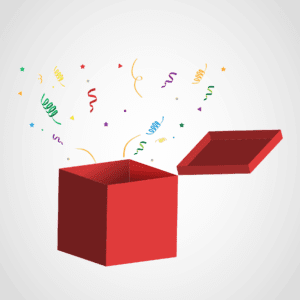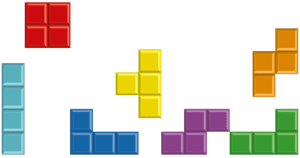The 8 Limbs of Yoga
The 8 Limbs of Yoga that comprise today’s branch of Ashtanga Yoga are taken from the Yoga Sutras. Patanjali wrote the Yoga Sutras around 400 CE as a synthesis and organization of yoga from older traditions.
The 196 sutras (some say 195) are made up of short simple verses compartmentalized into four topical books:
Samadhi pada (What yoga is)
Sadhana pada (How to gain a yogic state)
Vibhuti pada (Benefits of practicing yoga regularly)
Kaivalya pada (Liberation or freedom from suffering)
Ashtanga yoga is distinct from the Ashtanga Vinyasa style developed by K. Pattabhi Jois in the 20th century. This is also derived from the 8 Limbs of Yoga but synchronizes breath with movement as a flow (vinyasa).
The 8 Limbs of Yoga described in the sutras are Yama (abstinences), Niyama (observances), Asana (yoga postures), Pranayama (breath control), Pratyahara (withdrawal of the senses), Dharana (concentration), Dhyana (meditation) and Samadhi (absorption).
Read More »The 8 Limbs of Yoga



